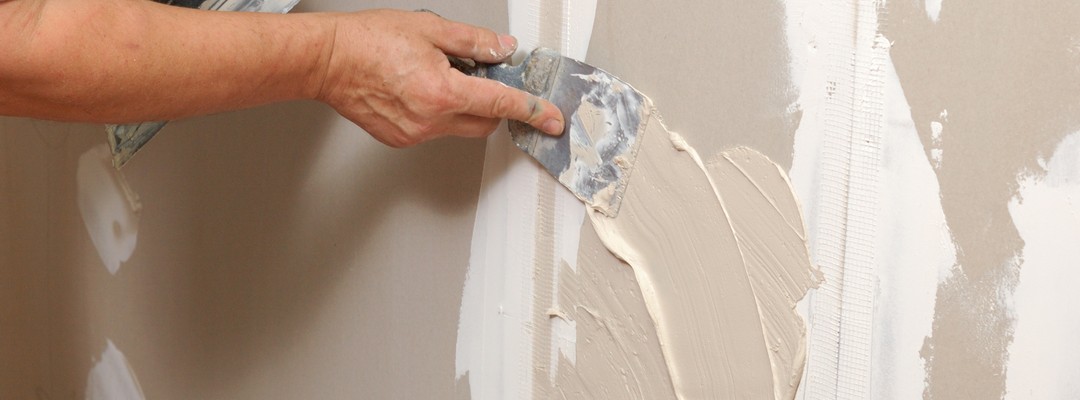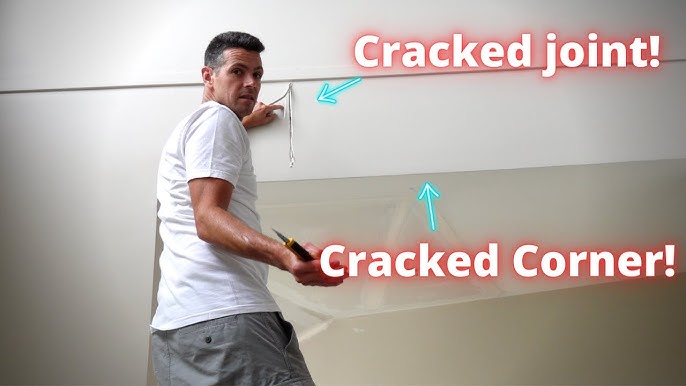Drywall Repair Ogden UT offers expert services that complement Interior Painting.
Discover the very best Practices for Effective Drywall Repair Work and Installment
The art of drywall fixing and setup requires a blend of ability and precision. Understanding the necessary devices is important for attaining a seamless coating. Recognizing the step-by-step process can make a considerable distinction in the result. Correct methods for taping and mudding are likewise crucial. What continues to be is the understanding of upkeep that ensures durability. These elements together create a refined result worth exploring even more.

Essential Devices for Drywall Repair Work and Installment
When carrying out drywall fixing and installment, having the right devices can considerably improve the efficiency and top quality of the work. An energy knife is crucial for cutting drywall sheets exactly, while a drywall saw can aid in making much more detailed cuts. Taping blades, readily available in numerous dimensions, are crucial for applying joint compound smoothly and uniformly. A drywall sander, preferably with a dirt collection function, assists accomplish a polished coating, reducing the need for substantial cleaning.
Additionally, a gauging tape assurances precise measurements, and a level makes sure that installments are straight and plumb. Safety and security equipment, consisting of dust masks and safety glasses, should not be ignored to shield against debris and dirt. Finally, a stud finder help in finding mounting members, assuring safe and secure setup. By equipping oneself with these vital tools, the fixing and installation process ends up being more convenient and causes a professional-quality result.

Step-by-Step Overview to Patching Holes
Covering openings in drywall requires an organized strategy to assure a seamless repair. The area around the hole should be cleansed and any kind of loose particles eliminated. For little openings, a putty knife can be utilized to apply a light-weight spackle, pushing it into the hole and smoothing the surface area. After it dries, sanding is important to create a flat coating. For larger openings, a spot of drywall may be needed. This involves cutting a piece of drywall slightly larger than the opening, protecting it to the wall with screws, and utilizing joint substance to cover the seams. As soon as the compound dries, it should be sanded smooth. Lastly, keying the patched area prior to paint will certainly ensure an even surface. Following these steps will lead to a professional-looking fixing that mixes seamlessly with the surrounding wall.
Strategies for Smooth Drywall Installation
Accomplishing seamless drywall setup demands careful preparation and execution. It is vital to gauge and cut drywall sheets properly to decrease voids. Using an energy blade, installers should score the board prior to snapping it along the cut line, making sure clean edges. Properly lining up the sheets is vital; beginning with the leading and working down helps preserve uniformity.
Fastening drywall to the studs requires regular spacing, usually every 16 inches, making use of screws as opposed to nails for better hold. This strategy reduces the danger of pops gradually. Furthermore, surprising the joints in between sheets enhances architectural stability and minimizes the presence of joints.
Using the right thickness of drywall for certain locations-- such as moisture-resistant kinds in restrooms-- additional adds to a remarkable surface. Complying with these techniques will result in a smooth and professional-looking installation, setting the phase for the subsequent completing processes.
Completing Touches: Taping and Mudding
Finishing touches, such as taping and mudding, play an important role in achieving a refined drywall surface. Insulation involves applying a thin strip of drywall tape over the seams and joints, making sure a smooth look. This process helps avoid splits and creates a solid bond between drywall sheets. It is essential to pick the appropriate kind of tape, navigate to this site with paper and fiberglass fit together being one of the most typical choices.
Mudding, or using joint compound, follows insulation. This compound completes voids and smooths out the surface area for a consistent coating. It is typically applied in multiple layers, with each coat needing to dry prior to sanding. Appropriate strategy entails feathering the edges to blend the compound right into the bordering drywall, lessening visibility.
When completed properly, mudding and taping boost both the architectural and aesthetic honesty of the drywall installation, resulting in a professional-quality surface.
Tips for Preserving Your Drywall After Installment

In addition, preserving a constant indoor humidity degree can stop bending or mold growth. Using a dehumidifier in wet locations, like cellars, is recommended. It's additionally useful to regularly paint index areas that reveal wear, as this secures the underlying material. When relocating furniture or setting up fixtures, caution ought to be worked out to prevent damaging the drywall. By adhering to these upkeep pointers, property owners can prolong the life of their drywall, securing it stays an appealing attribute of their insides.
Frequently Asked Inquiries
What Security Equipment Is Needed for Drywall Repair Service and Setup?
For drywall fixing and installment, vital safety gear consists of safety and security goggles to protect eyes, dirt masks to avoid inhalation of bits, handwear covers for hand protection, and knee pads for comfort during prolonged kneeling. drywall contractor.
How Do I Figure Out the Drywall Density Needed for My Job?
To identify the drywall thickness needed for a task, one must take into consideration the wall's architectural needs, local building codes, and the intended use the room, generally selecting 5/8-inch or 1/2-inch drywall.
Can I Repair Drywall Without Removing Furniture From the Room?
Yes, drywall can be repaired without getting rid of furniture from the area. Cautious preparation and protective steps more can lessen mess, enabling effective repair work while maintaining bordering products risk-free from dirt and damage throughout the procedure.
What Sorts of Drywall Are Best for Different Environments?
Moisture-resistant drywall is optimal for restrooms and kitchens, while soundproof drywall fits shared wall surfaces in homes. Fire-rated drywall is best for garages, and typical drywall works well in general living areas, making certain resilience and suitability for various environments.
The length of time Does It Consider Drywall Mud to Dry Entirely?
Drywall mud generally takes 24 to 2 days to dry entirely, depending upon factors like humidity and temperature level (drywall contractor). Thicker applications may require longer drying times, while thinner layers can dry quicker. Proper ventilation help drying
The art of drywall repair service and setup requires a mix of skill and accuracy. When carrying out drywall repair service and installation, having the right devices can considerably enhance the efficiency and top quality of the work. An energy blade is vital for reducing drywall sheets exactly, while a drywall saw can assist in making extra detailed cuts. Attaining seamless drywall installment needs cautious preparation and execution. Moisture-resistant drywall is perfect for bathrooms and kitchen areas, while soundproof drywall suits shared wall surfaces in houses.